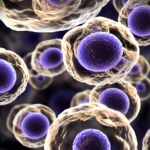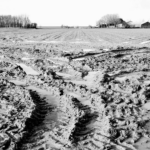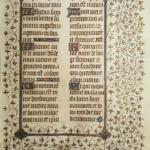Nature is changing visibly. Besides changing land use, the driving forces behind that change are climate change and nitrogen deposition. Ecologists are trying to get to grips with the transitions occurring in nature with the help of models. Which species will have a hard time, and where? With a new model, WUR ecologists can now answer this question.
Field observations
Models for this kind of forecasting already exist. ‘But they usually only reckon with the changing climate. We are combining climate change with nitrogen deposition. And our model is based on field observations,’ says ecologist Wieger Wamelink, first author of the article in the journal
Nitrogen has the biggest effect. Climate change could even increase biodiversity a bit
Wieger Wamelink, WUR ecologist
Wamelink and his colleagues too a large number of plants in Europe and correlated their presence in an area with environmental variables in that area. ‘This includes nitrogen deposition, the average annual temperature, precipitation, acidity and the carbon/nitrogen ratio in the soil. Taken together, these determine the chances of a species occurring.’
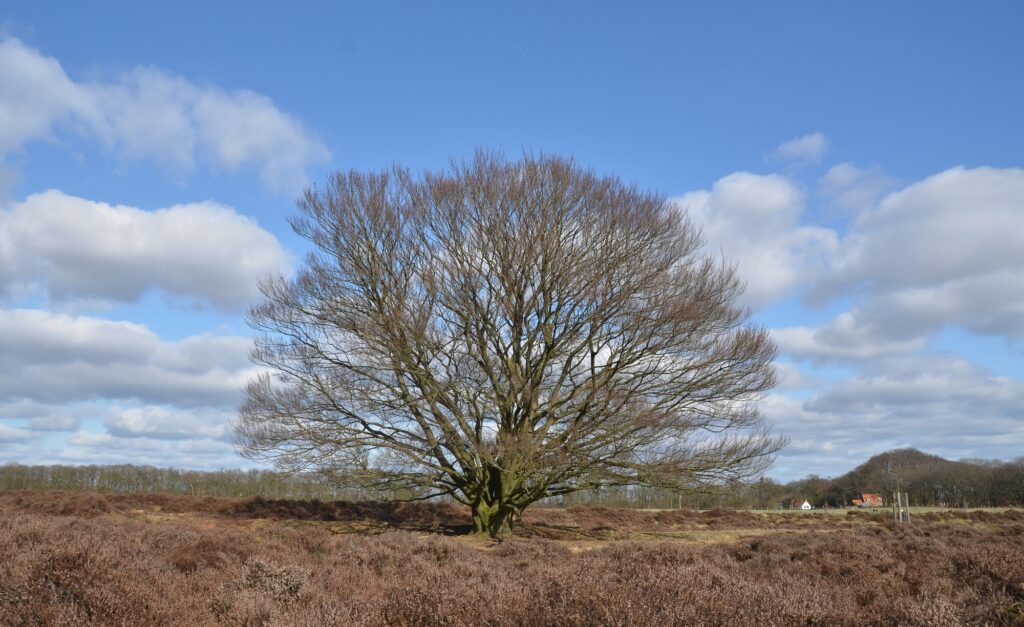
This produced a formula with which developments in nature areas can be forecast. Wamelink did this for two nature areas in the Netherlands – Oud-Reemst (dry heathland) in Ede and the Lemselermaten (wet grassland) near Weerselo in Overijssel province – in several different climate change and nitrogen load scenarios.
Little or no effect
The result provides few surprises. The more nitrogen is deposited, the less suitable an area is for typical species for the habitat. What is surprising is that there is little or no climate effect. ‘The biggest effect is caused by nitrogen,’ says Wamelink. ‘In fact, climate change can even increase biodiversity a bit.’
A hotter but drier climate has the opposite effect. Then you lose a lot of species
Wieger Wamelink, WUR ecologist
Due to climate change, more new species are arriving from the south than are disappearing northwards. ‘Of course, that is good for the Netherlands, because they include some lovely orchids and the like. If they get here, that is. The model only indicates whether the environment is suitable for a certain species, not whether it actually does establish itself there.’
Drier
Wamelink warns against optimism. ‘We have used a moderate climate scenario, in which precipitation increases. In reality, it’s been getting drier in recent years. A hotter but drier climate has just the opposite effect. Then you lose a lot of species.’ Apart from that, the impact of climate change is small compared with how large or smaller quantities of nitrogen affect a nature area.
So reducing nitrogen deposition really has an impact. The new model makes that impact tangible. Wamelink: ‘If you buy out a farmer near a nature area, you can use our model to show precisely what the effect is on nature. That is what these kinds of models are for: to evaluate and support policy measures.’

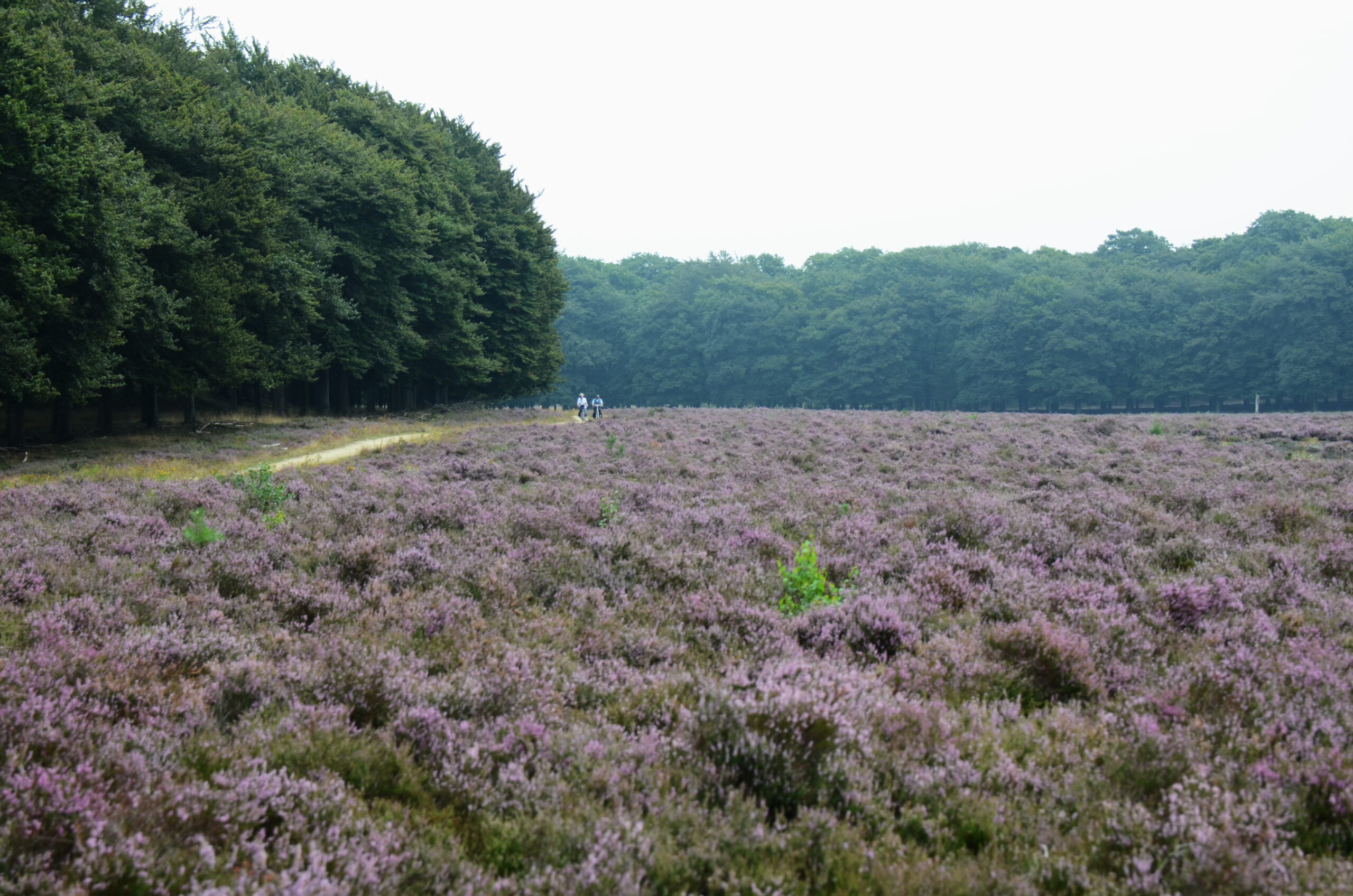 Oud-Reemst. Photo: Henk Monster
Oud-Reemst. Photo: Henk Monster 